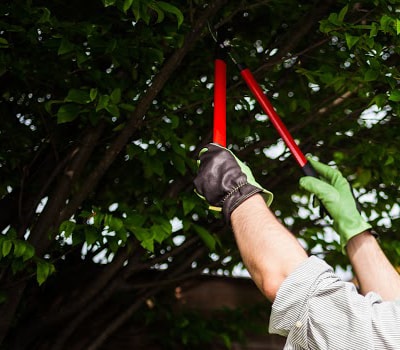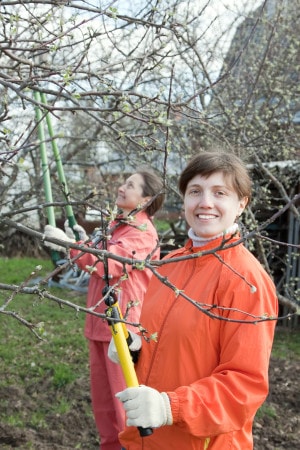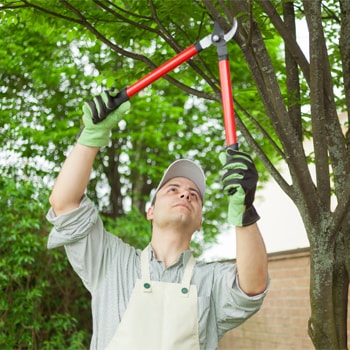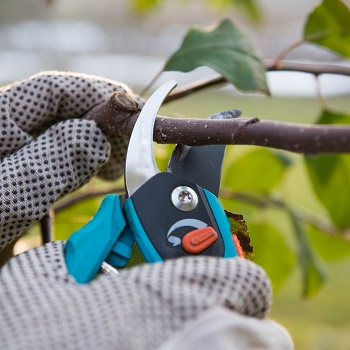
Everyone knows that pruning is an integral part of tree health, but new gardeners are often not familiar with the appropriate methods and times to do this. Pruning should be a regular part of the tree health and management. While there are certain times to achieve specific results, the science behind this is simple: plants respond to seasonal changes. If there is ever any doubt regarding the best pruning advice for your trees, it is best to contact the experts in Tree Pruning in Bradford.
Dormant Pruning

Dormancy pruning is a common practice. During dormancy a tree is storing up the hormones that it needs to grow rapidly upon stimulation of warmer environments. Pruning during this stage results in a vibrant burst of green growth in the warmer seasons of spring and summer. If this is the desired effect, it is best wait until the coldest part of winter is safely gone and signs of spring are starting to appear.
Different species will respond to dormancy pruning. Some species, like walnuts and birches, may exhibit signs of stress; however, this is not harmful and will stop shortly after the tree is cut. Phytohormones, stored within trees during the winter, can cause the damage delivered to trees or plants to heal quickly.
Summer Pruning

There are times when we want beautiful blooms and then we also need to restrict growth. This type of pruning aims to slow the development of tree branch, and is usually done during summer, when trees can quickly get out of control. Restriction pruning should happen shortly after seasonal growth is complete, during the spring’s late season and sometimes early summer. It depends upon the species of the tree. This type of pruning is timed to slow the growth of your leaves, so think about what parts of the tree which are desired to be grown and which should be restricted. Reduction of light to total leaf area surface will limit the amount of food which is made and then transported from the roots. Pruning tree and plants in the summer is usually for corrective purposes. By this time, plant defects are easily spotted and the correction of their limbs is possible.
General Trimming Tips

It’s usually best practice to trim a tree with sharpened shears which will not cause difficulty when handled. Using gloves can increase efficiency, as faulty or unsharpened shears will likely do unnecessary damage to the tree. Unless there is an immediate hazard that needs to addressed, keep pruning to the dormant season and use proper shears. It is important to stay conscious of branch size before cutting occurs. Looking at branch diameter will clue one in regarding pruning. It is generally considered better to trim branches that are V-shaped and in narrow angles. Branches that grow in U shaped angles should be kept.
Great Northern Regreenery has made it a priority to excel in our pruning practices. We understand the difference between hazardous tree growth and unsightly aesthetic corrections. At the end of the day, our company has years of getting the best results possible out of gardens and landscapes in Canada.





